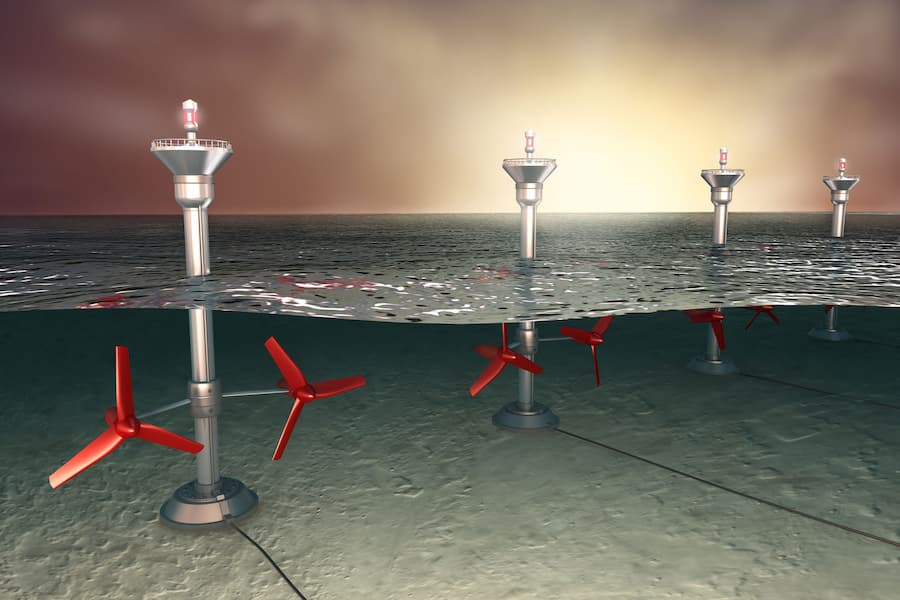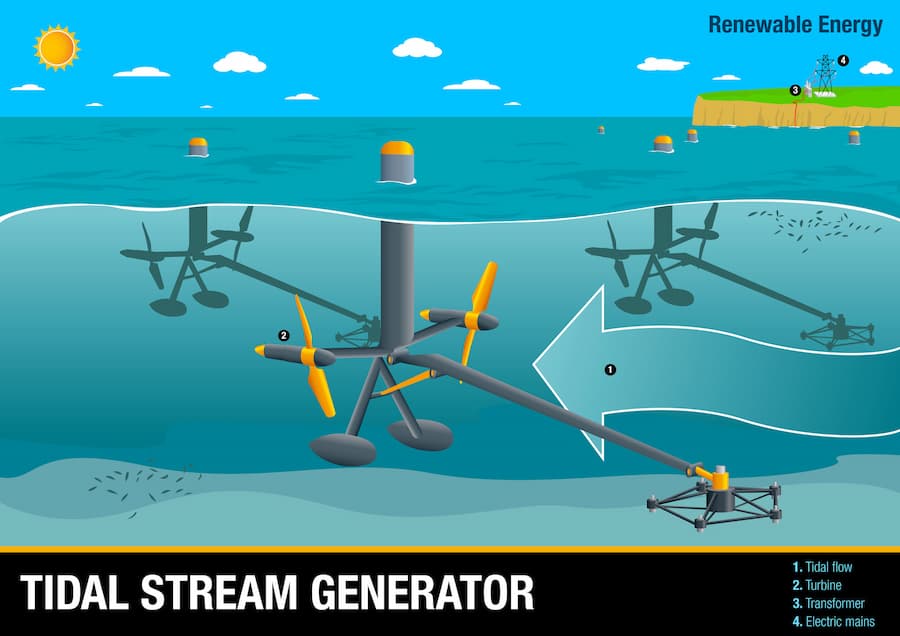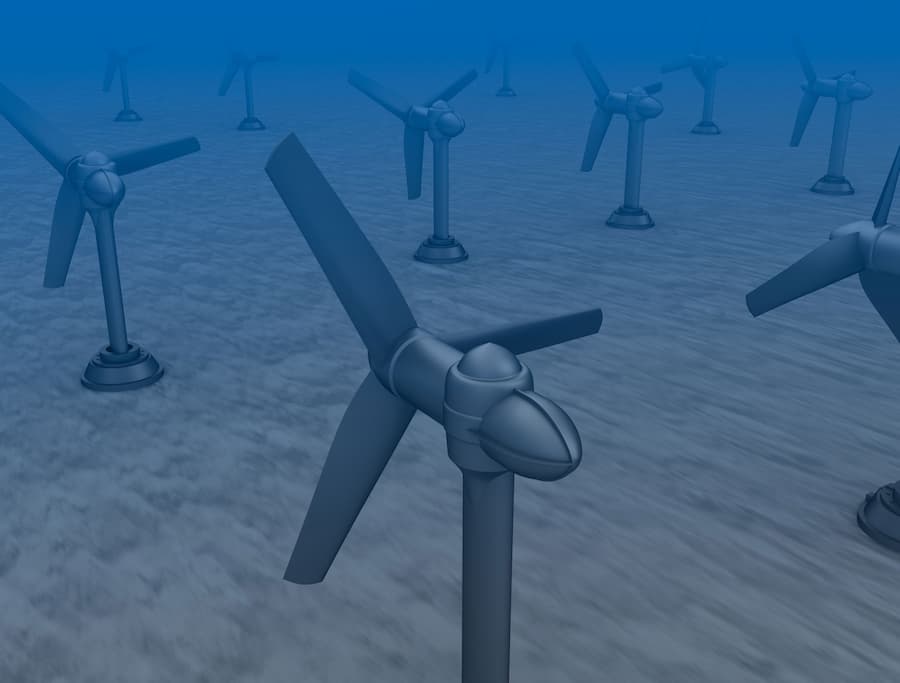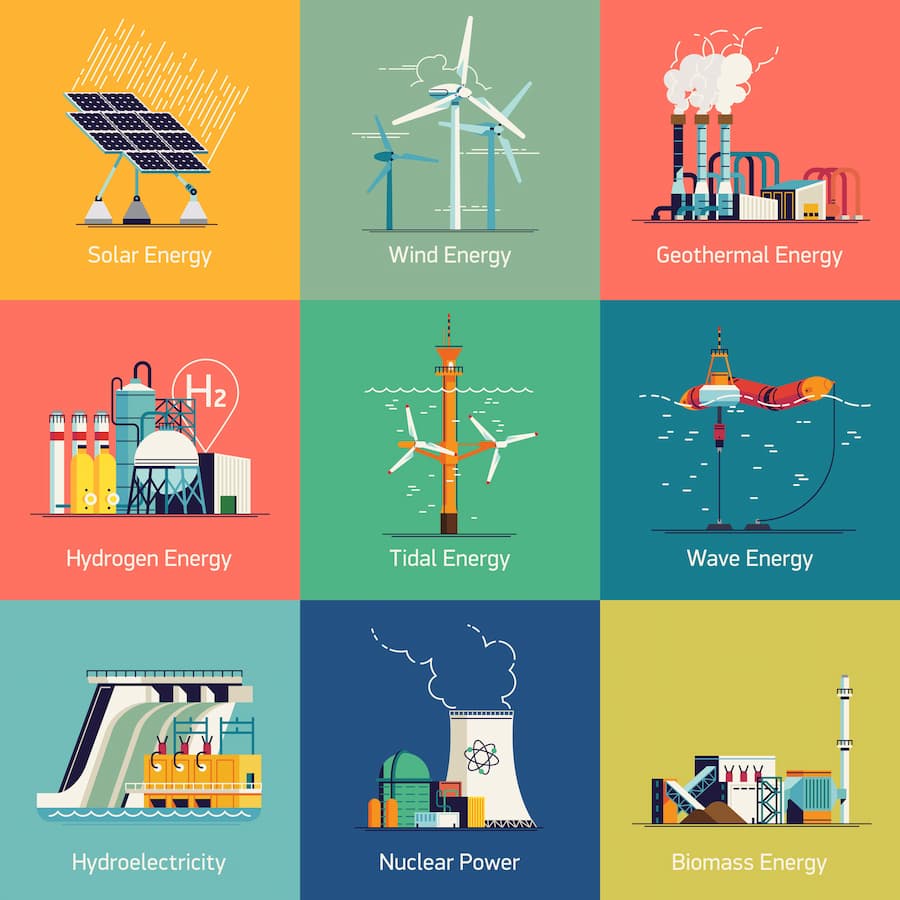Tidal Power
Tidal power is a new form of alternative energy that will help stop climate change by reducing our carbon footprint.
"The gravitational pull of the moon and sun along with the rotation of the earth cause the tides. In some places, tides cause water levels near the shore to vary up to 40 feet. People in Europe harnessed this movement of water to operate grain mills more than a 1,000 years ago. Today, tidal energy systems generate electricity. Producing tidal energy economically requires a tidal range of at least 10 feet" (Source).
"During the 20th century, engineers developed ways to use tidal movement to generate electricity in areas where there is a significant tidal range—the difference in area between high tide and low tide. All methods use special generators to convert tidal energy into electricity" (Source).
"Tidal energy production is still in its infancy. The amount of power produced so far has been small. There are very few commercial-sized tidal power plants operating in the world. The first was located in La Rance, France. The largest facility is the Sihwa Lake Tidal Power Station in South Korea. The United States has no tidal plants and only a few sites where tidal energy could be produced at a reasonable price. China, France, England, Canada, and Russia have much more potential to use this type of energy" (Source).
"By the early 21st century, some of these technologies had become commercially available. The largest tidal power station in the world is the Sihwa Lake Tidal Power Station in South Korea, which generates 254 MW of electricity. A tidal barrage power station at La Rance in France has been operating since the 1960s, with 240 MW of capacity; its typical output is 0.5 terawatt-hour per year. Larger electricity generation efforts are on the horizon; for example, the first phase of the MeyGen project in Scotland’s Inner Sound generated 700 megawatt-hours of electricity in August 2017" (Source).
"In the United States, there are legal concerns about underwater land ownership and environmental impact. Investors are not enthusiastic about tidal energy because there is not a strong guarantee that it will make money or benefit consumers. Engineers are working to improve the technology of tidal energy generators to increase the amount of energy they produce, to decrease their impact on the environment, and to find a way to earn a profit for energy companies" (Source).
How it Works (in General)
Tidal energy is produced by utilizing the ebb-tidal energy generation (ebb tide is the period between high tide and low tide in which the sea level falls).
It is a method that uses a dam-like structure placed at the mouth of a water source leading into the ocean. This causes the water to travel through it.
During high tide, the gates to the dam will close, and during low tide, it opens again, which generates electricity from turbines inside the area as it flows back and forth.
Some of these barrages (dam-like structures) also allow access for boats to come in and out of the contained area.
This permits tidal energy production without any interruptions in transportation or shipping.
Another reason why some prefer this option of generation is that it is very cheap to maintain, compared to other options out there.
The main downfall, however, is the upfront cost of building the structure in the beginning.
Once it is built, though, it is easy to operate and harness energy.

Three Types
There are currently three different ways to produce tidal energy (Source):
- tidal streams
- barrages
- tidal lagoons
The Differences between Tidal Power and Wave Power
Firstly, wave power is generated by both the wind as well as the waves the ocean makes.
Tidal energy, on the other hand, harnesses the gravitational pull from the sun and moon and takes advantage of the tides as they become high and low.
Generally, this type of power produces an energy that is far more dependable because it is consistent. Consequently, it is a form of renewable energy and will help stop climate change.
Advantages over Wave Power
Why is this option better, or more efficient, than wave power?
The reason that some may prefer this form of alternative energy is due to the fact that wave power harnesses energy from the wind (which in turn makes waves), so it’s less stable and consistent.
Wave power also costs a bit more than tidal power, so that helps to make the latter more favourable.
Comparison Between Wave and Tidal Power
Wave Power
|
Tidal Power
|
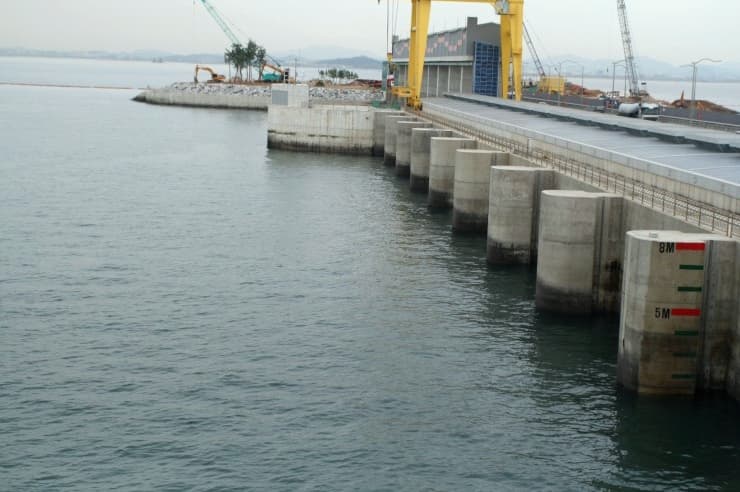
Overall Benefits of Tidal Power
There are many options available to produce energy, but these two are picking up in popularity fast.
Also, it does not release any greenhouse gas emissions and is thus a sustainable means to make electricity.
Clearly, it is a great improvement over fossil fuels, and even hydroelectricity, which will inundate entire forests, destroy precious ecosystems and force people from their homes, is not as sustainable.
Finally, the more people understand these different ways to produce electricity and energy, the sooner we can find a suitable way to produce it without damaging the atmosphere more than we absolutely have to.
This type of energy production will help generations to come, and it will enable people to save our precious resources and still live comfortably within their means.
Over time, with more research, tidal power and wave power will cost less and be more efficient.
Further Reading and Sources
- U.S. Energy Information Administration - Tidal Power
- National Geographic - Tidal Energy
- Encyclopedia Britannica - Tidal Power
- Medium - Wave Power vs Tidal Power
- Home
- Alternative Energy
- Tidal Power
Join the Community and Newsletter (5000 Subscribers)
You can subscribe to my Substack Page or see the archives of previous posts. More great content coming soon!
Recent Articles
-
Climate Presentations by Climate Reality
Mar 03, 24 12:17 AM
You can see great climate presentations by Climate Reality. They can be customized for different audiences. -
Make the Planet Great Again!
Mar 02, 24 11:33 PM
We need to make the planet great again! We will build a solar wall along the Mexican border and make the fossil fuel industry pay for it! -
Historical Climate Change News
Mar 02, 24 11:25 PM
This section includes historical climate change news you should know about. These articles span several different topics and will help you stay up-to-date. -
Hottest Years on Record
Mar 02, 24 11:05 PM
The hottest years on record have all occurred since 1998 which is quite alarming to say the least.
